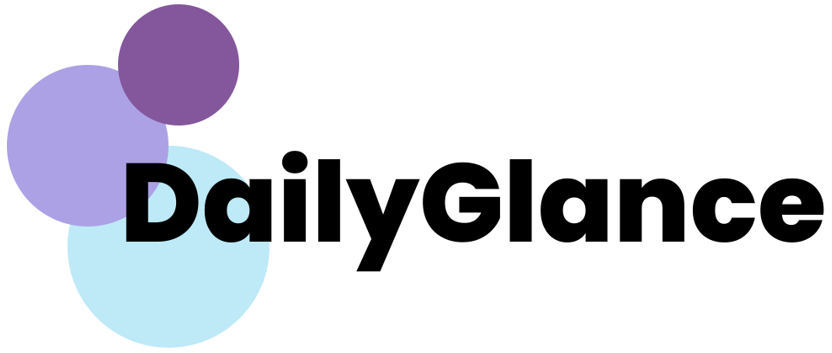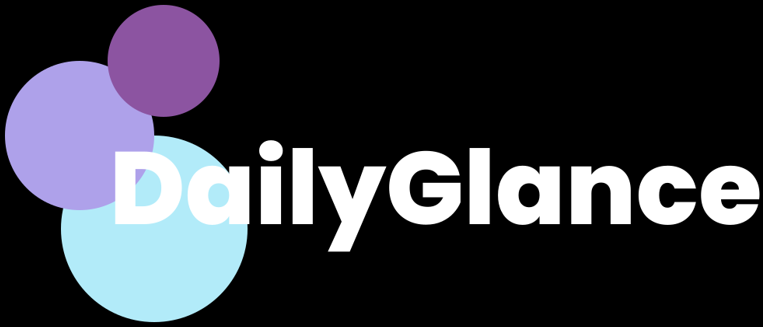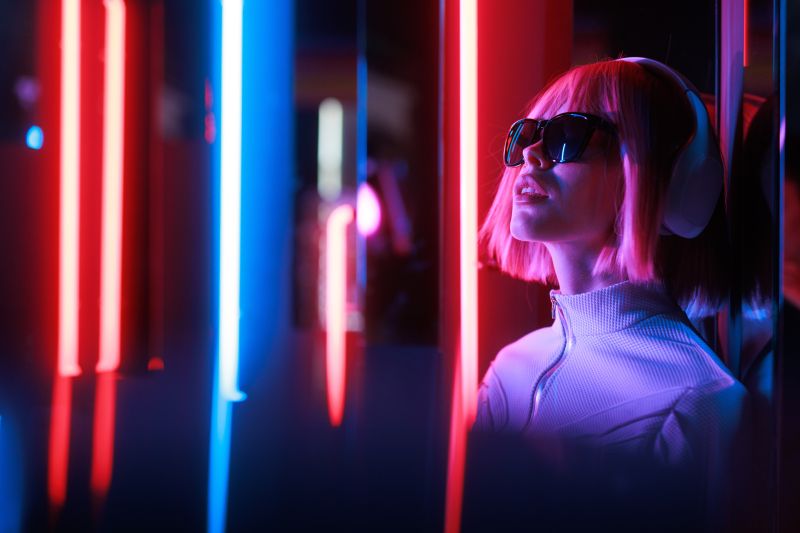Now Reading: Why I think Adobe’s approach to AI is worth supporting
-
01
Why I think Adobe’s approach to AI is worth supporting
Why I think Adobe’s approach to AI is worth supporting

During the Adobe Max conference in North Greenwich, London, many journalists, including myself, had their travel and accommodation expenses covered by the company. Despite often writing negative reviews about Adobe, they continued to support us. As I headed to London, my main focus was on the declining trust of creatives towards Adobe. The high cost of the Creative Cloud and the heavy emphasis on generative AI, particularly Firefly, were among the reasons for this mistrust.
However, my perspective started to shift during a demonstration of Adobe Content Authenticity at the event. This new app allows users to apply Content Credentials to their creative work, serving as a form of copyright protection. It embeds invisible watermarks in the pixels to prove ownership, offering a modern solution to safeguarding intellectual property.
The integration of Content Credentials in Adobe tools could potentially revolutionize copyright protection in the digital age. Additionally, by enabling users to prevent AI scraping of their images, Adobe is taking a step towards respecting creators’ rights in the face of evolving technology.
The future of generative AI and copyright protection could be shaped by these developments, especially if legal battles lead to more regulations in the industry. In this changing landscape, Adobe’s ethical approach to AI and innovative technologies like Content Credentials may position them as a leading force in shaping the future of digital creativity.






